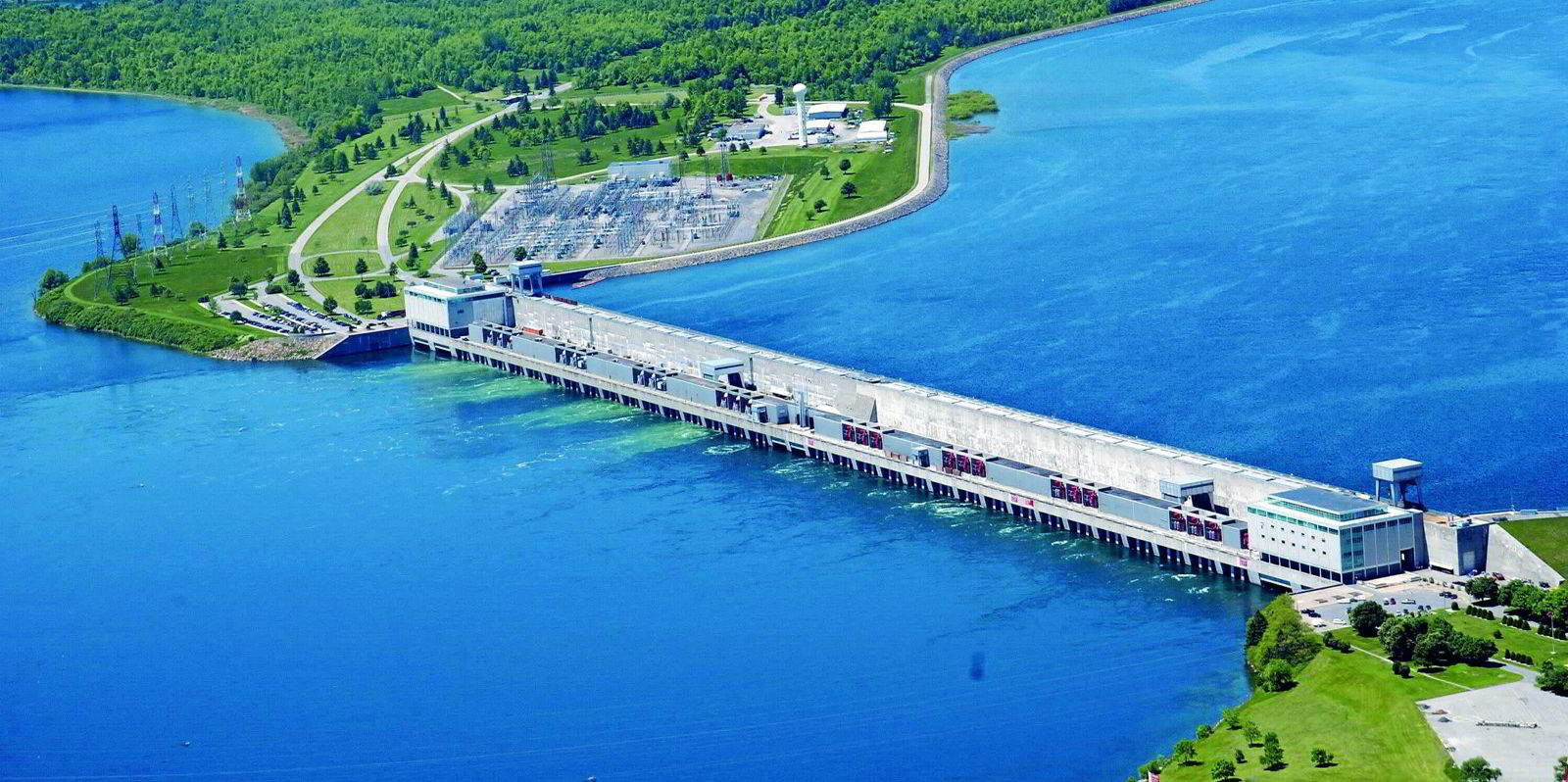New York’s gargantuan 2.1GW Empire offshore wind project has reached a major milestone in its federal permitting with the release of its draft environmental impact statement (EIS), one of the last steps in the approval process that could clear the development for construction as early as 2024.
The mega-project, owned by a joint venture (JV) of oil giants Equinor and BP, is the largest wind project in American waters to reach this critical juncture in permitting by the Bureau of Ocean Energy Management (BOEM), which oversees development in federal waters, and will set New York firmly on course for meeting its 9GW by 2035 mandate.
“BOEM continues to drive significant progress to meet the Biden-Harris administration’s ambitious climate goals, and our commitment to advance offshore wind is keeping pace with our commitment to do this right,” said BOEM director Amanda Lefton.
Publication of the draft EIS in the Federal Register, the US journal of record, on 18 November opens a 60-day comment period ending on 17 January 2023 on the project in the New York Bight.
BOEM expects to issue the project’s record of decision (ROD) next May, which will allow for onshore construction and offshore export cable laying to start in 2024 for the project, formed by dovetailing the 816MW Empire Wind 1 awarded in 2018 and the 1.2GW Empire Wind 2 selected last year.
The first array is slated to begin commercial operations in December 2026, followed by the second in 2027.
“Offshore wind farms go through rigorous environmental reviews, and we appreciate BOEM’s thorough and expeditious process which also takes into account the economic benefits that the construction and operation of offshore wind farms provide,” said Josh Kaplowitz, vice president of industry advocacy group the American Clean Power Association.
Empire Wind, which is set to be built around Vestas V236-15MW turbines, will power more 700,000 New York homes once at full power.
The development has been a driver of millions of dollars in port and supply chain capacity investment, including an estimated $357m for the first offshore wind tower maker at the Port of Albany and $250m towards staging and installation upgrades to the South Brooklyn Marine Terminal.
Collectively, the project is forecast to generate $8-9bn in economic activity and over 5,000 jobs backed by labour agreements.
The Equinor-BP JV is the largest offshore wind developer in the state, and along with the 1.2GW Beacon Wind project awarded last year owns some 3.3GW, more than a third of the state’s mandate of 9GW of capacity by 2035.
Under the governorship of Kathy Hochul, New York is investing some $500m in offshore wind infrastructure and is considering raising its target to 20GW. The state will hold its third round later this year for an additional 2GW of capacity.
While Empire is the largest project to reach its draft EIS milestone so far, BOEM is scheduled to issue nine RODs next year alone, including for the 2.6GW Coastal Virginia Offshore Wind array in June and Mayflower Wind in October, which has a project envelope of over 2.2GW.
Up to 19GW of COPs are scheduled to be approved in 2023, sparking a boom in offshore wind construction in the US.
Inflationary and supply chain headwinds have buffeted the industry of late, though, with projects in Massachusetts saying current power purchase agreements (PPAs) are not viable in today’s economic circumstances.
Empire Wind 2 signed an offtake contract with the New York State Energy Research and Development Authority earlier this year for $80.40/MWh, a 7% decline over the 2018 auction awards, but higher than recent awards in Maryland and Massachusetts.




